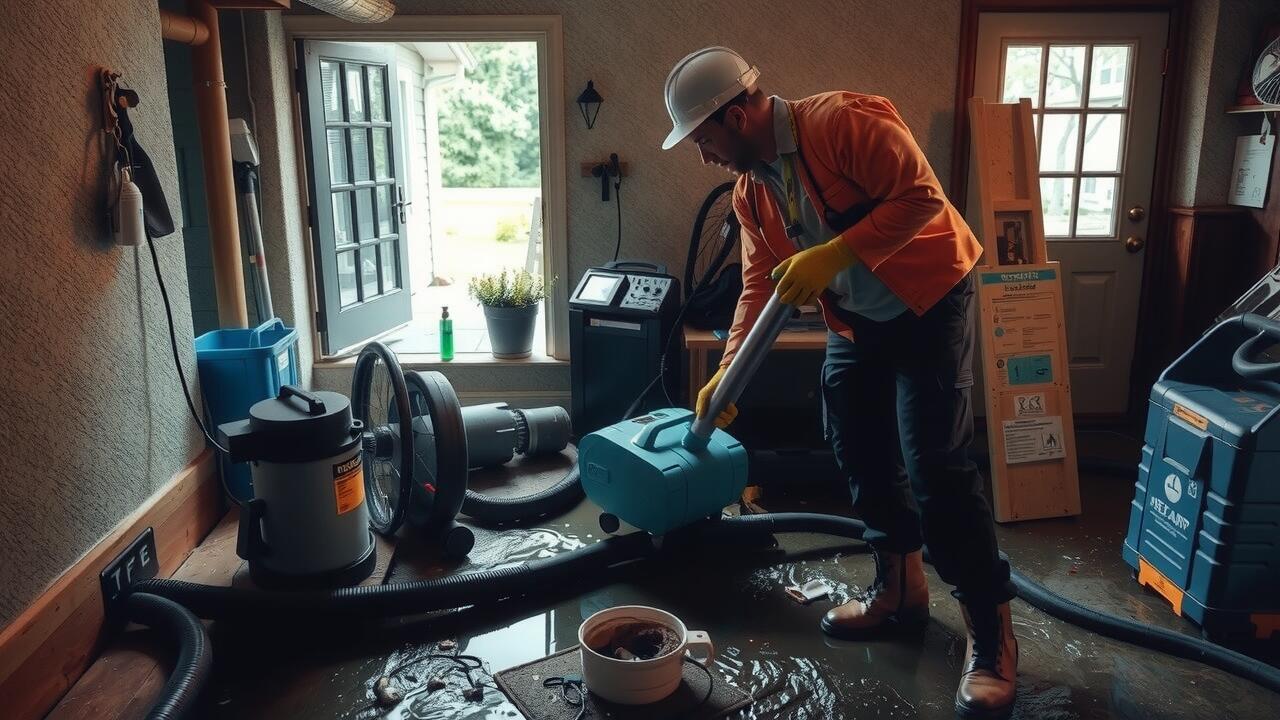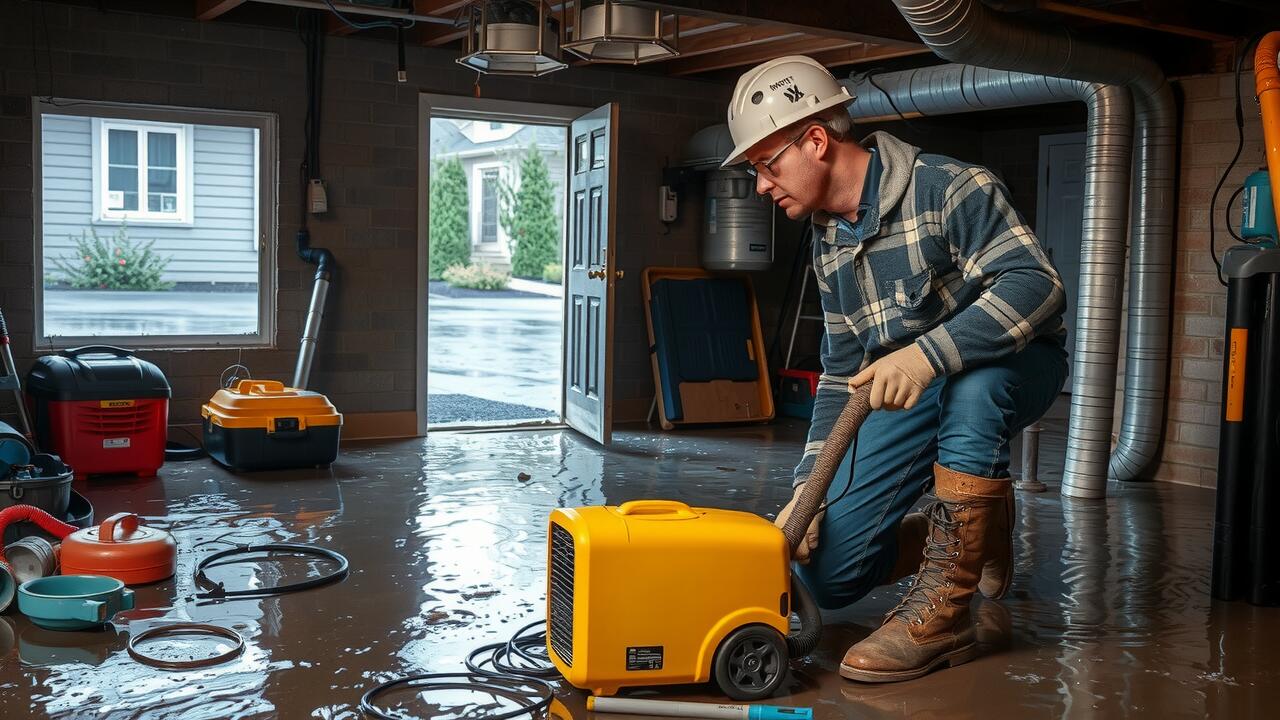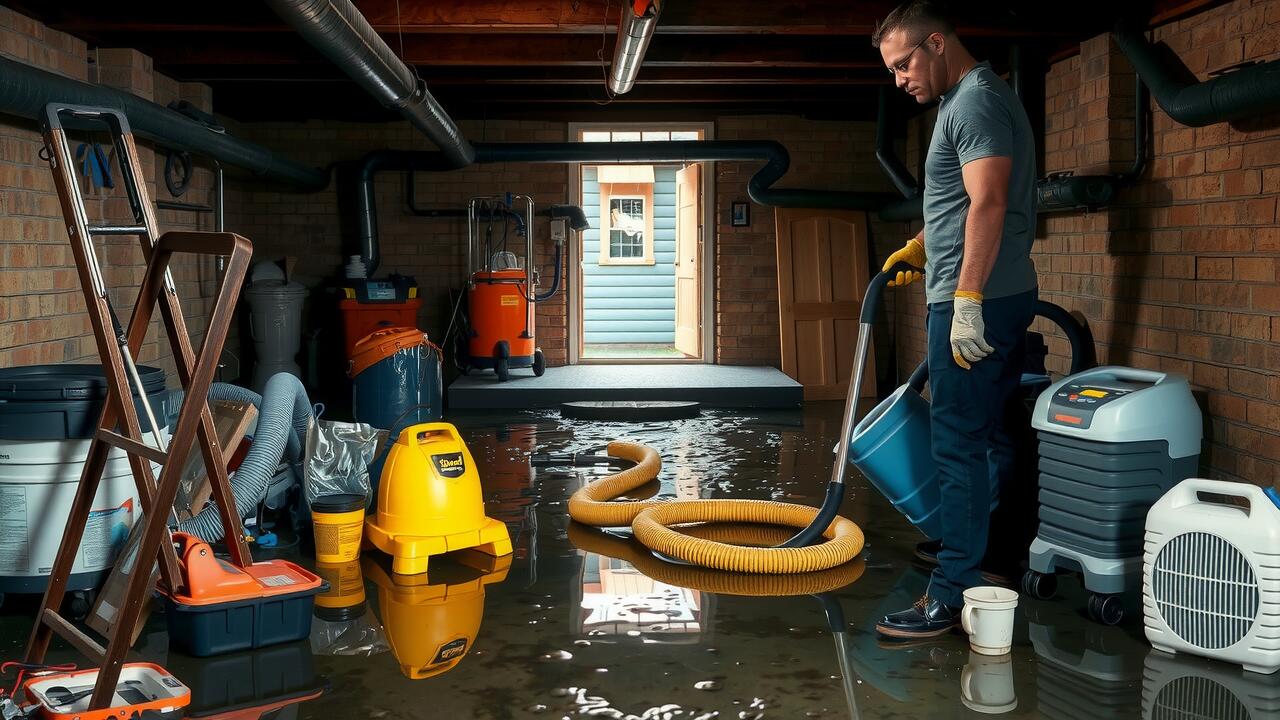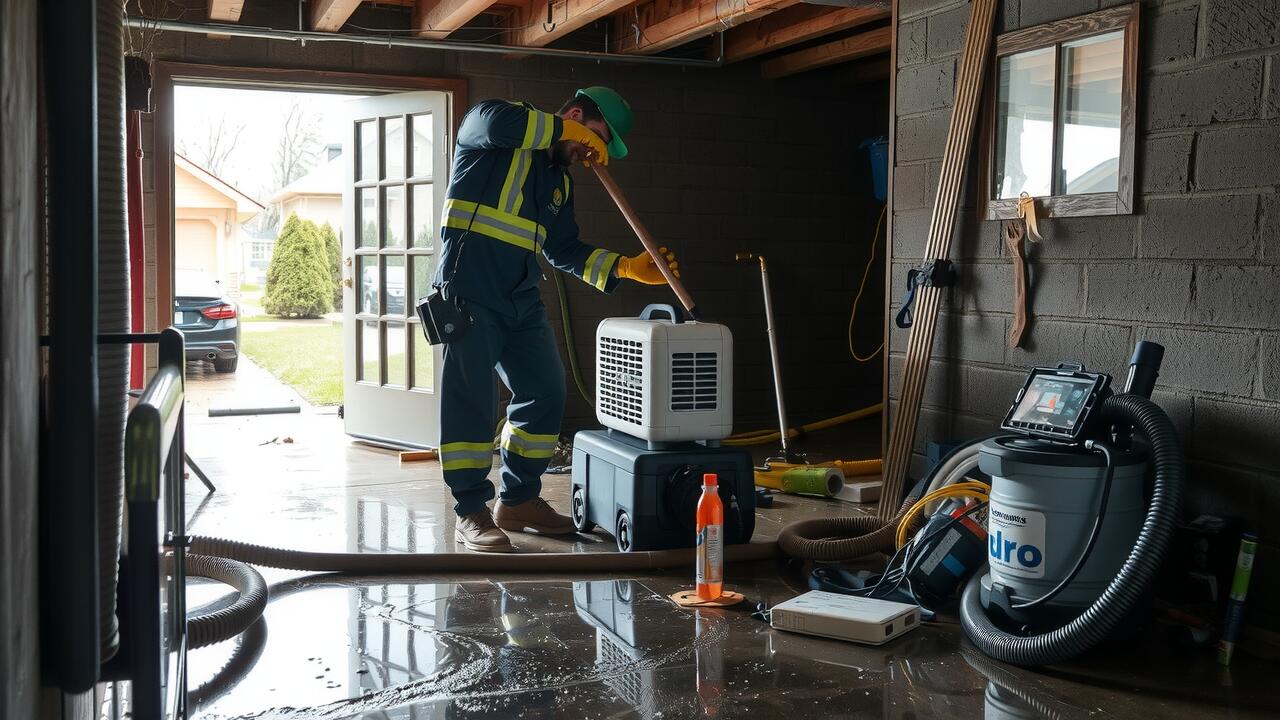At Same Day Restoration Sugar Land TX, we specialize in comprehensive flooded crawlspace repair services to ensure your home remains safe and dry. Our experienced team understands the unique challenges that come with water damage in crawlspaces, including mold growth, structural damage, and insulation concerns. We utilize advanced techniques and state-of-the-art equipment to quickly assess the damage, remove standing water, and thoroughly dry the affected areas. Additionally, we implement effective solutions to prevent future flooding, such as waterproofing and proper drainage systems. With our commitment to prompt and professional service, you can trust Same Day Restoration to restore your crawlspace efficiently and effectively, helping to protect your home and peace of mind.
The Role of Sump Pumps in Flooded Spaces
In areas where flooding is a concern, sump pumps serve as a crucial line of defense against water intrusion in crawl spaces. These devices actively remove accumulating water, preventing it from stagnating and causing further damage. By directing excess water away from the property, sump pumps help maintain the structural integrity of the building and keep humidity levels in check. A properly installed sump pump system can significantly reduce the risk of mold growth and moisture-related issues in confined areas like crawl spaces.
The effectiveness of sump pumps is enhanced when combined with other moisture control methods. Ensuring that gutters and downspouts are functioning properly directs rainwater away from the foundation. Installing a vapor barrier adds another layer of protection against groundwater seepage. Regular inspection and maintenance of sump pumps help ensure they operate efficiently during heavy rainfall or severe weather events. By investing in proper equipment and upkeep, homeowners can mitigate the threats posed by flooding and moisture damage, creating a safer and healthier living environment.
How Sump Pumps Function and Their Benefits
Sump pumps are designed to remove excess water from basements or crawlspaces, preventing flooding and water damage. These devices are typically installed in a sump basin, which collects water from various sources such as rainfall or groundwater. When the water level rises, the float switch triggers the pump, which then discharges the water outside the home, often through a discharge pipe.
The benefits of having a sump pump are numerous. They help maintain a dry environment, which is critical for preserving the integrity of a home’s foundation and preventing mold growth. By improving indoor air quality, sump pumps also contribute to a healthier living space. Additionally, many sump pumps come with a battery backup system to ensure operation during power outages, offering peace of mind to homeowners.
Dealing with Mold and Mildew Growth
Mold and mildew thrive in damp, dark spaces, making flooded crawlspaces an ideal environment for growth. If left untreated, these fungi can lead to significant decay, compromising the structural integrity of your home. As the spores scatter through the air, they can contribute to health issues like respiratory problems and allergic reactions. Addressing the moisture issue is critical. A thorough inspection coupled with adequate water mitigation can minimize the risks of mold developing.
When confronting mold, it is essential to wear protective gear before beginning any remediation efforts. Disinfecting the affected areas is paramount for restoring a safe environment. In addition to tackling existing mold, implementing strategies to prevent future growth is equally important. Proper insulation of the crawlspace and ensuring adequate ventilation can help maintain a balanced humidity level, reducing the risk of mold resurgence. Properly addressing these issues not only protects health but also preserves the overall value of the property.
Health Risks Associated with Mold in Crawlspaces
Mold growth in crawlspaces poses significant health risks to residents. Mold spores can spread through the air, contaminating indoor environments and affecting air quality. Their presence can trigger allergic reactions, respiratory issues, and contribute to more severe health problems, particularly for individuals with underlying conditions such as asthma or weakened immune systems. Maintaining a dry and ventilated crawlspace reduces the likelihood of mold proliferation, protecting inhabitants from these health hazards.
Additionally, the damp environment of a flooded crawlspace provides an ideal breeding ground for pests. Rodents and insects may be drawn to the moisture and decay, leading to further complications in the home. Contaminated water from flooding can also facilitate the growth of harmful bacteria, adding another layer of risk. Implementing effective water management strategies like sump pumps and proper drainage channels is essential to mitigate these threats and ensure a safer living environment.
Insulating Your Crawlspace to Control Humidity
Proper insulation in a crawlspace can significantly improve humidity control, which is essential for maintaining a healthy indoor environment. Weather patterns, such as heavy rain or melting snow, can lead to water intrusion, resulting in increased humidity levels. This moisture can create an environment conducive to fungi and bacteria growth, raising the risk of mold and mildew. Insulating materials can help create an airtight seal, minimizing airflow and reducing the chance of moisture buildup. Choosing the right insulation not only enhances energy efficiency but can also protect your property’s value over time.
Insulation options vary, but certain materials offer better performance in damp conditions. Closed-cell spray foam is often recommended due to its excellent moisture barrier and high R-value. Additionally, fiberglass batts with vapor barriers can be effective if installed correctly. Using insulation combined with proper drainage systems, such as rain gutters and sump pumps, can work in tandem to prevent water leaks. Regular inspections of both insulation and drainage systems are necessary to ensure ongoing effectiveness and to avoid costly repairs in the future. Implementing these measures can create a more stable environment for your home while also improving air quality.
Best Insulation Materials for Crawlspaces
When selecting insulation materials for crawlspaces, considerations include moisture resistance and thermal efficiency. Rigid foam insulation boards are highly recommended due to their ability to resist water and provide superior insulation. These boards can be easily cut to fit around piers and beams, ensuring comprehensive coverage. Other options include fiberglass batts, which can be effective if properly installed with a vapor barrier to prevent moisture accumulation. Reflective insulation also serves as a good choice, especially in regions with temperature fluctuations, as it helps to reflect heat back into the space.
Using suitable materials helps to prevent issues such as mold growth and structural damage. Closed-cell spray foam insulation offers a seamless application that expands and seals gaps, adding an extra layer of protection against moisture intrusion. Homeowners in areas with high humidity, like West Virginia and Oregon, may benefit most from these solutions. Proper installation techniques combined with quality insulation can significantly enhance a crawlspace’s energy efficiency while minimizing the risk of water-related problems.
FAQS
What is a sump pump and how does it help in flooded crawlspaces?
A sump pump is a device installed in the lowest part of a crawlspace or basement to remove accumulated water and prevent flooding. It helps to keep the area dry and mitigate the risk of mold and mildew growth.
What are the signs of mold and mildew growth in a crawlspace?
Signs of mold and mildew growth include a musty odor, visible mold patches on surfaces, and increased humidity levels. You may also notice water stains or discoloration on walls and flooring.
How can I prevent mold in my crawlspace?
To prevent mold, ensure proper ventilation, use a dehumidifier, and consider installing a sump pump. Additionally, sealing any leaks and using mold-resistant insulation can help keep moisture levels in check.
What insulation materials are best for crawlspaces?
The best insulation materials for crawlspaces include foam board insulation, fiberglass batts, and spray foam insulation. Each material has its advantages, such as moisture resistance and ease of installation.
How often should I check my crawlspace for signs of water damage?
It’s recommended to check your crawlspace at least once a year, but more frequent inspections may be necessary if you live in an area prone to flooding or heavy rainfall. Regular checks can help catch potential issues early.



